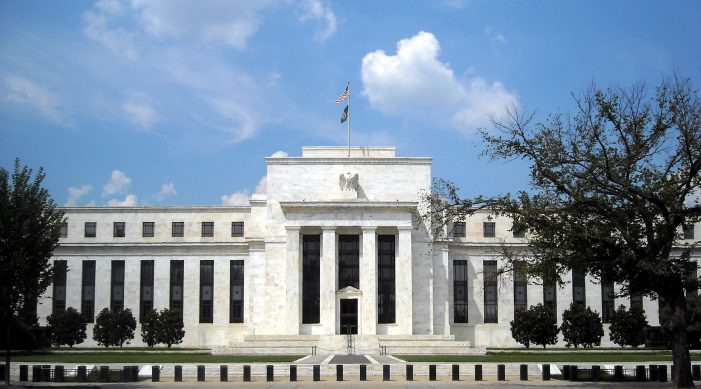Keeping up to date with the decisions of the Federal Reserve is a must. Right now, major stock market indexes and employment rates point to a strong economy, but the cost of borrowing money could be on the rise, which would test company profits.
So who decides the cost of borrowing? One of the ways the Federal Reserve influences the cost of borrowing is by setting the federal funds rate, the interest rate banks charge one another for overnight deposits.
Yesterday, the Federal Reserve issued a statement that left the federal funds rate unchanged but pointed to future gradual increases. For investors, this statement is a good indicator of the strength of the U.S. economy. The Federal Reserve would not suggest raising the cost of borrowing unless, as the statement read, “economic activity has been rising at a strong rate. Job gains have been strong, on average, in recent months, and the unemployment rate has declined.”
So, just like the results of Tuesday’s elections, no major shift in monetary policy was a good sign for the US economy.


That seems a bit random. Why slam millennials and Gen Xrs?
The Fed rate pegged at less than a true market rate creates a false (in essence subsidized) floor for market activity. Current rates should be at the 5%—6% range, but the millennials/X generation are tuned to these artificial levels since that is all they have known……..